Nguyen Dynasty’s reforms expressed through chau ban
Related news  |
The Ministry of Home Affairs hosted the event in Hanoi late last week with the aim of acknowledging the value of administrative reforms under the Nguyen Dynasty. The panelists discussed what can be learnt from the Kings’ policies and how the reforms continue to influence the country today.
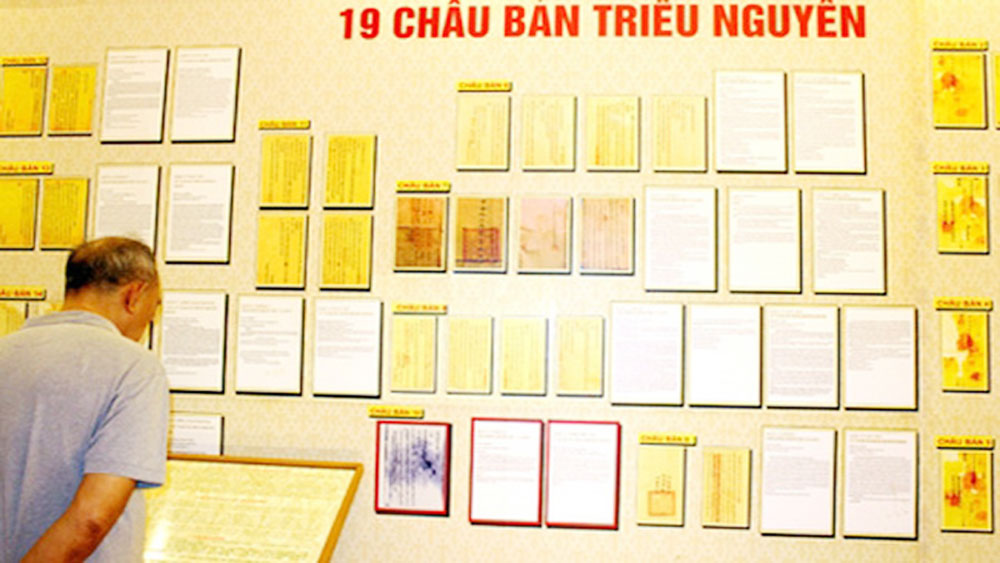 |
|
19 Chau ban under the Nguyen Dynasty. |
Opening the conference, Dang Thanh Tung, head of the State Department for Records and Archives, said at least one administrative reform was organized during each dynasty.
Chau ban, including laws, decrees, edicts
When King Gia Long (1762-1820) started the Nguyen Dynasty, he made new policies such as naming the country Vietnam and introduce new seals and currency.
King Minh Mang (1791-1841) released a royal proclamation that ensured students of Quoc Tu Giam (a royal college built in 1803 in the imperial city of Hue) would receive allowances to encourage them in their study.
In addition, “thieves who confessed their guilt before being investigated would receive clemency”, wrote the king.
Phan Thanh Hai, Director of the Hue Monuments Conservation Centre, remarked that some policies of King Minh Mang still work in the modern society.
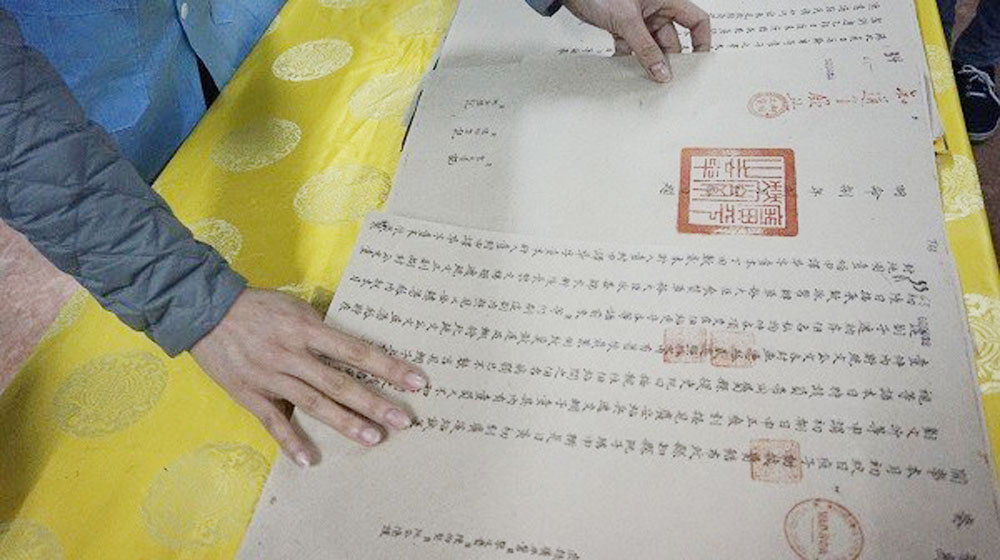 |
|
Chau ban (administrative papers) expressed the opinion and policies of Nguyen Kings. (Source: VNA). |
For example, he applied the law of hoi ty (a phrase that literarily means “keeping away”) in managing mandarins. Accordingly, people who share a bloodline or have a close relationship won’t be appointed to the same office. In an exam, if the contestant and the mandarin working at the examination compound had a close relationship, one of them had to move to another place.
“The law is still up-to-date nowadays, it prevents corruption and collusion to unfairly benefit a single group,” said Hai.
Nguyen Thu Hoai from the National Archives Centre 1 said King Bao Dai tried to create administrative reforms though the country was colonized by the French.
He allowed to open a part of the Royal Citadel to visitors starting in 1938, to showcase a part of the chau ban for public exhibition in 1943, to name streets after Vietnamese famous people, and to allow Vietnamese workers to have a day off on May Day.
Source: VNS/VNA
 Bắc Ninh
Bắc Ninh



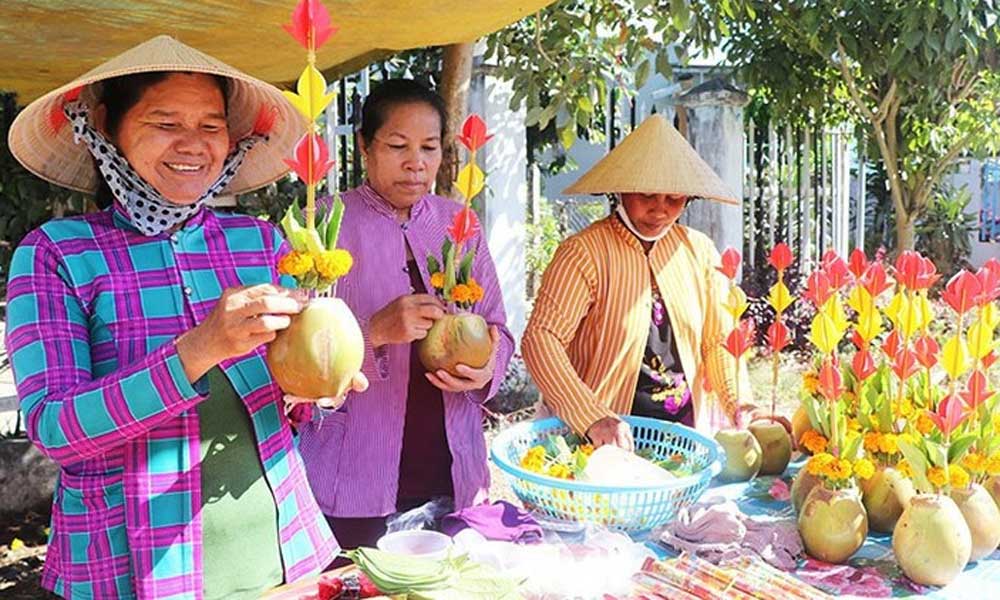
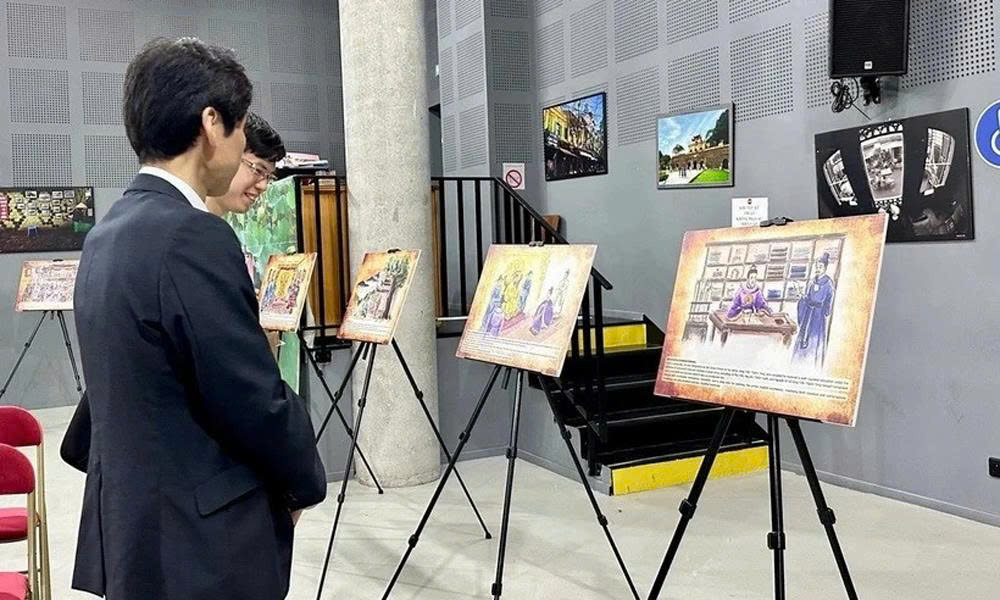
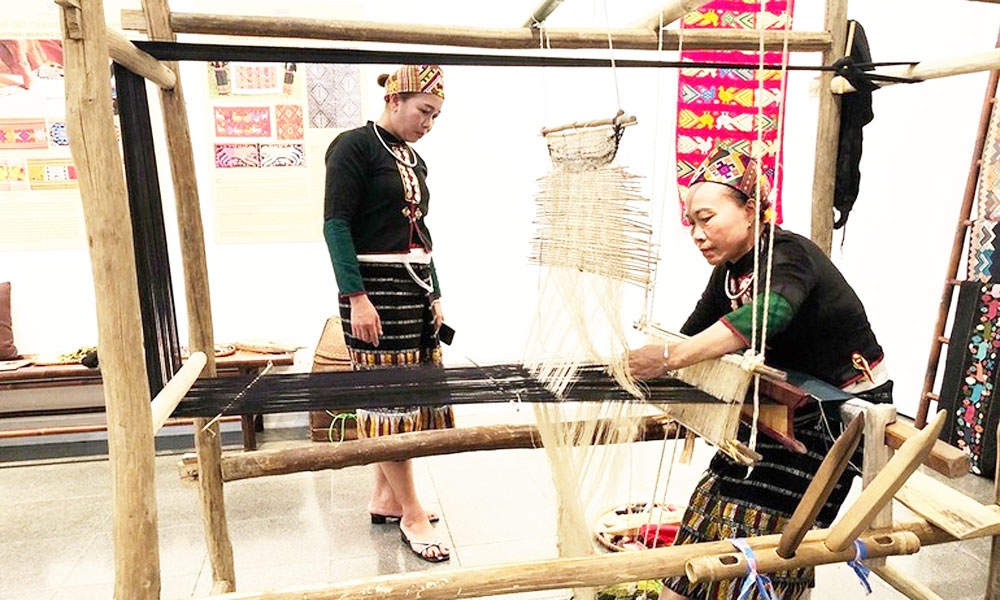

.jpg)

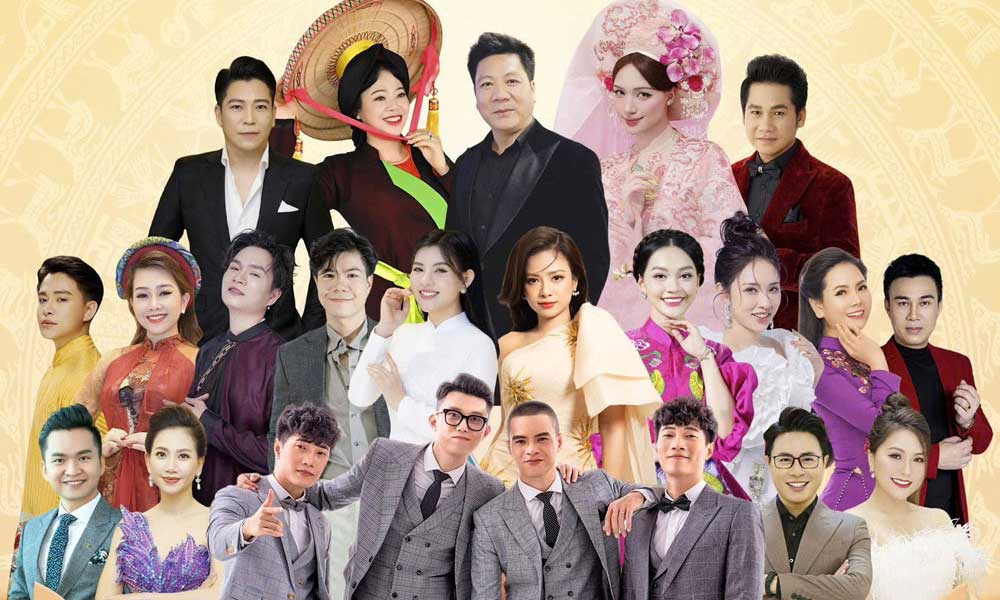

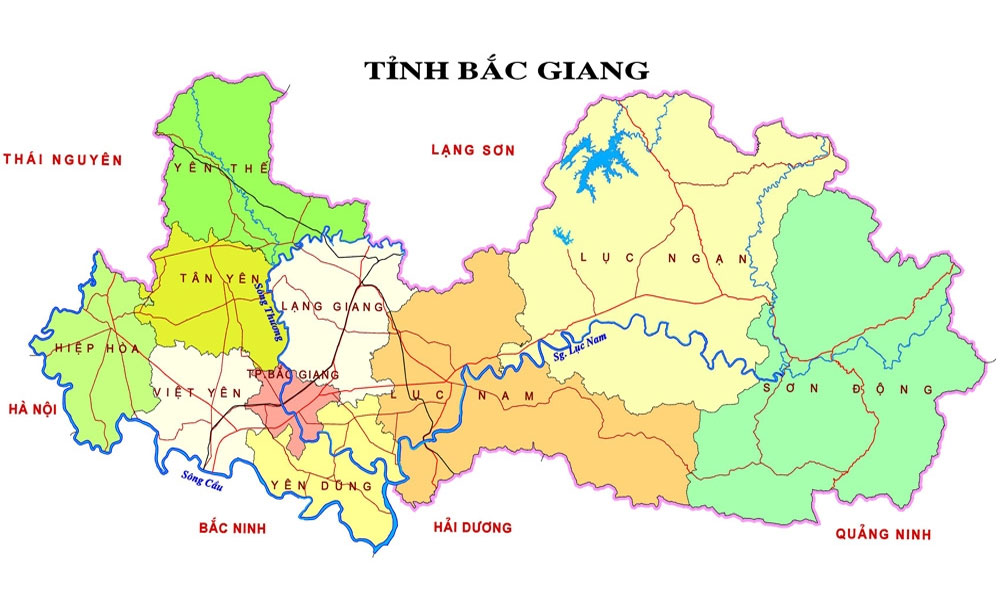


Reader's comments (0)